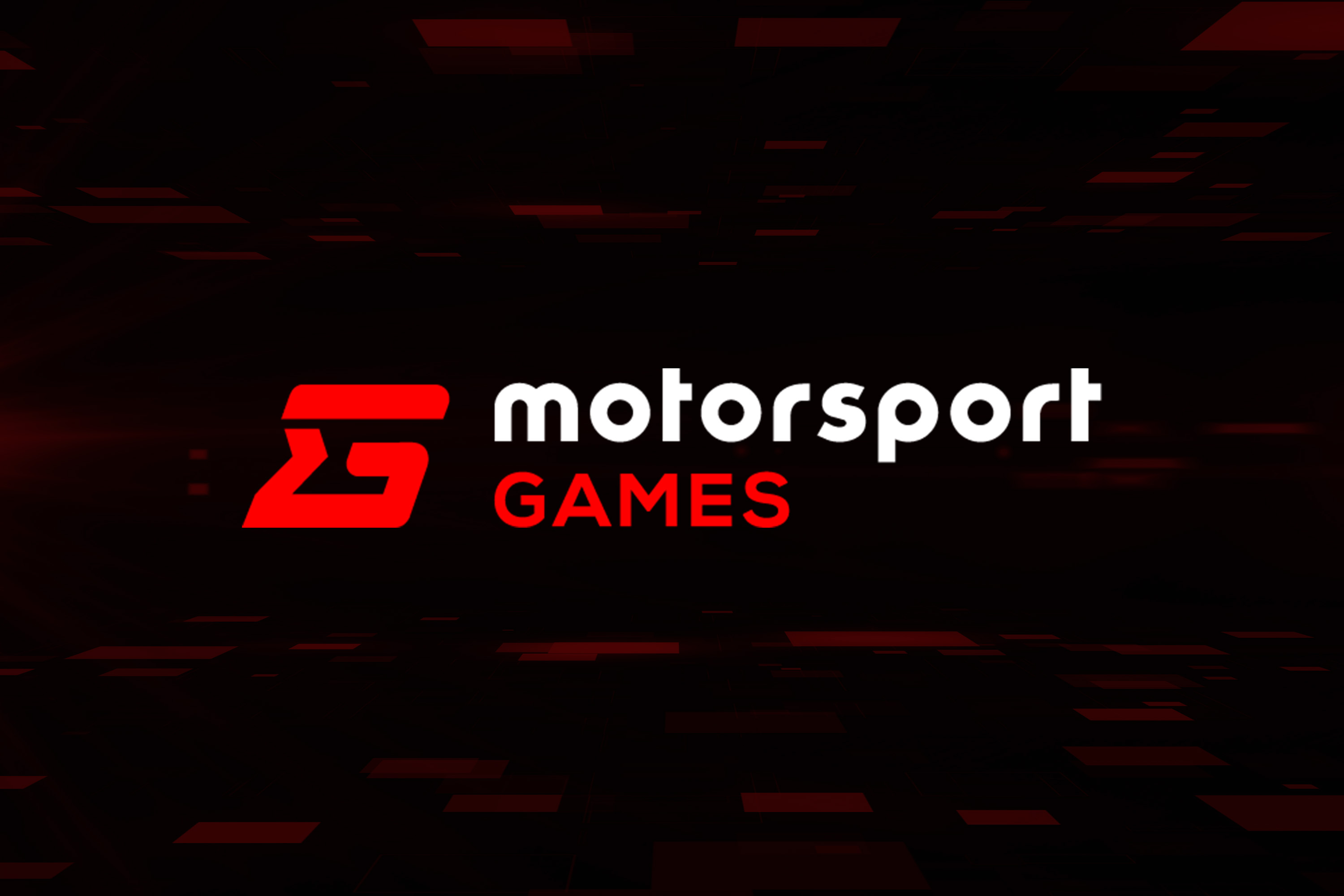
Motorsport Games Inc. (NASDAQ:MSGM) is a company that specializes in developing and publishing racing video games. It is part of the broader gaming industry, which includes competitors like Genius Group Limited, Versus Systems Inc., Cosmos Health Inc., Magic Empire Global Limited, and Mobile Global Esports Inc. These companies are evaluated based on their financial metrics, particularly focusing on their Return on Invested Capital (ROIC) and Weighted Average Cost of Capital (WACC).
For MSGM, the ROIC is -28.03%, while the WACC is 13.73%. This results in a ROIC to WACC ratio of -2.04, indicating that MSGM is not generating sufficient returns to cover its cost of capital. This is a critical measure as it reflects the company's efficiency in using its capital to generate profits. A negative ROIC compared to WACC suggests that the company is losing value on its investments.
In comparison, Genius Group Limited (GNS) has a ROIC of -29.47% and a WACC of 25.16%, resulting in a ROIC to WACC ratio of -1.17. Although GNS also has a negative ROIC, its ratio is less negative than MSGM's, indicating a slightly better position in terms of capital efficiency. However, it still fails to cover its cost of capital.
Versus Systems Inc. (VS) presents a more challenging scenario with a ROIC of -47.17% and a WACC of 16.17%, leading to a ROIC to WACC ratio of -2.92. This suggests that VS is even less efficient in generating returns from its investments compared to MSGM. Similarly, Cosmos Health Inc. (COSM) has a ROIC of -33.52% and a WACC of 17.85%, with a ROIC to WACC ratio of -1.88, which is slightly better than MSGM but still negative.
Magic Empire Global Limited (MEGL) stands out with the highest ROIC to WACC ratio among the peers at -0.48, despite having a negative ROIC of -7.64% and a WACC of 15.98%. This indicates that MEGL is closer to covering its cost of capital compared to the other companies in this peer group. Mobile Global Esports Inc. (MGAM) has the most concerning figures with a ROIC of -351.37% and a WACC of 4.64%, resulting in a ROIC to WACC ratio of -75.66, highlighting significant inefficiencies in capital utilization.